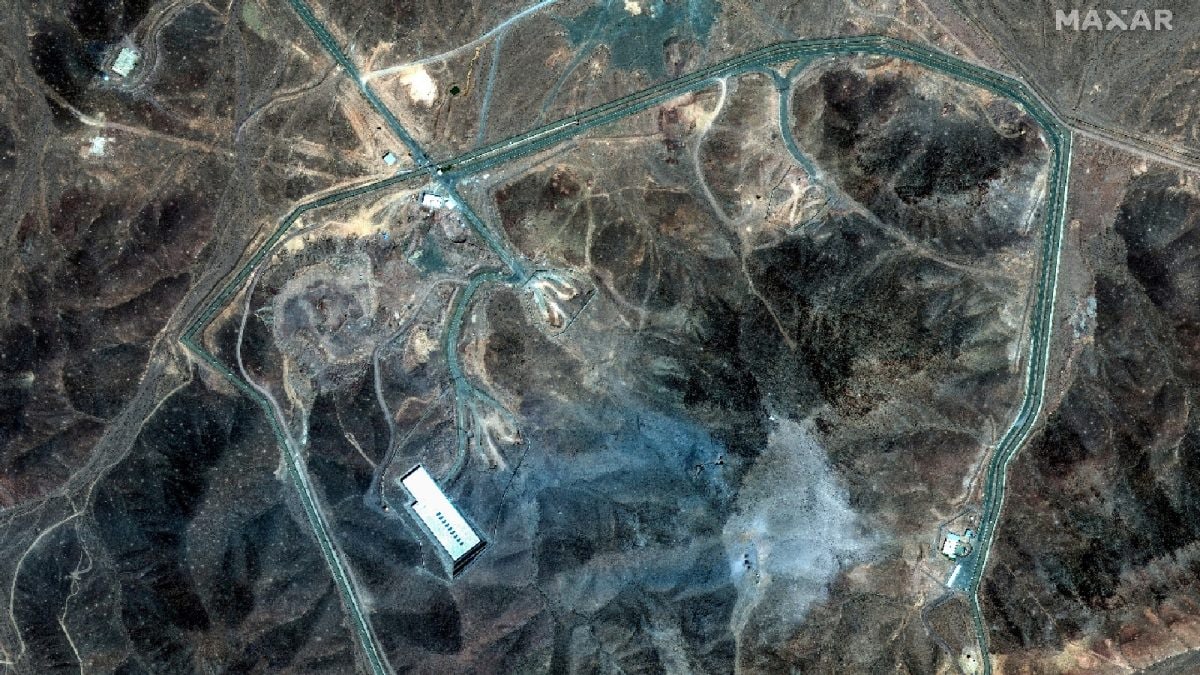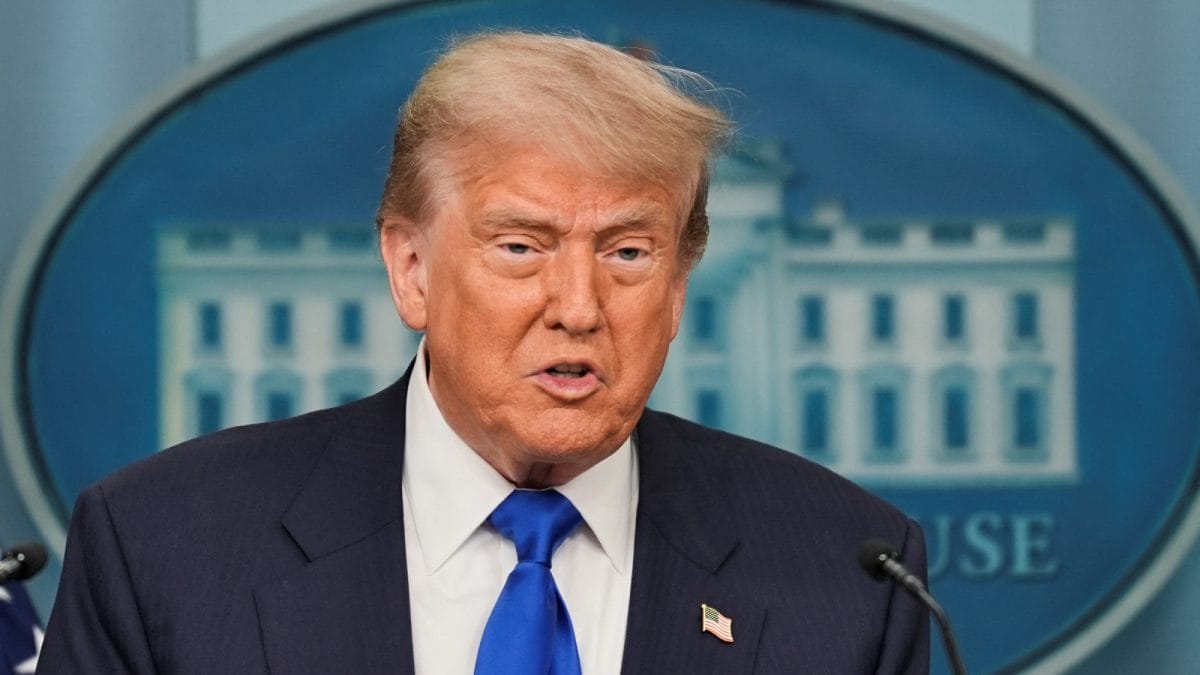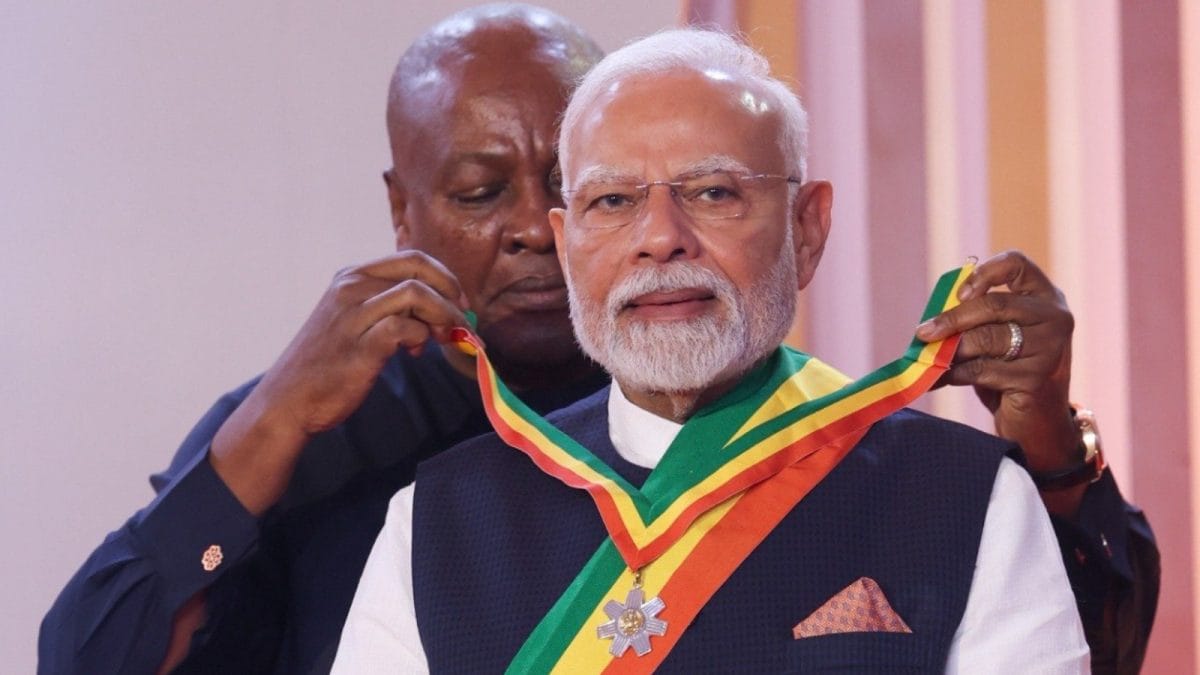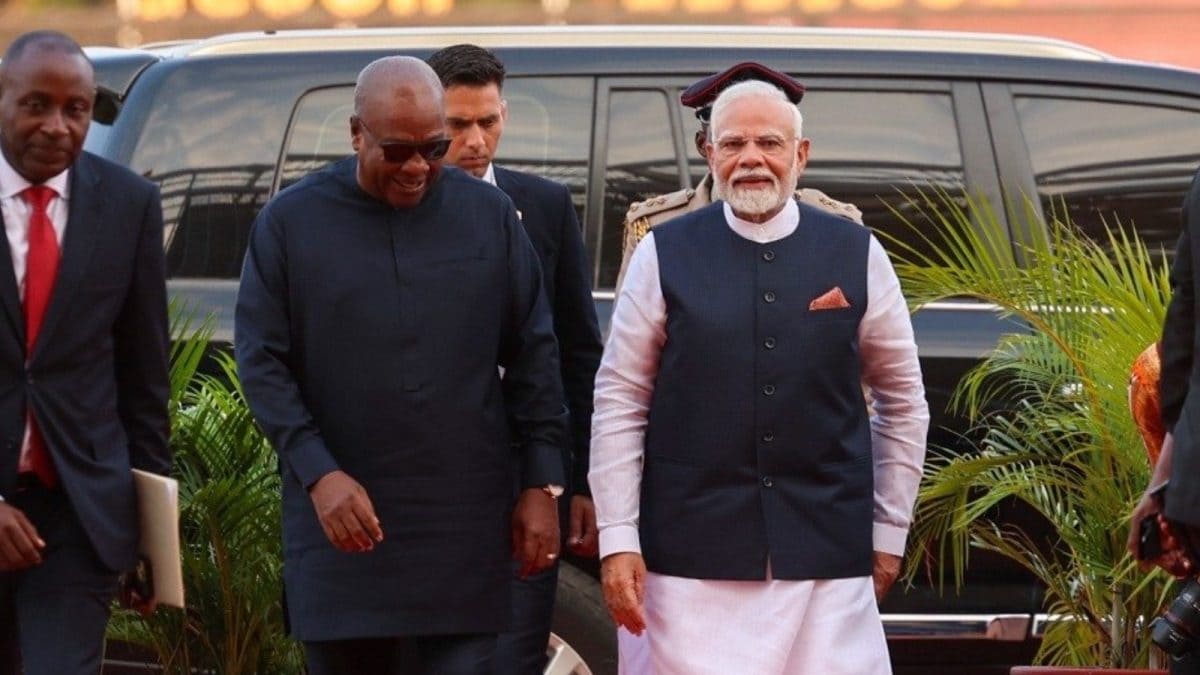Harvard University found out that a $27.50 old document in its library is actually a rare 1300 Magna Carta worth millions. Experts confirmed its authenticity, revealing it to be worth millions and one of only seven known copies from that year.

The Harvard Law School library purchased its copy in 1946.(Photo: AP)
A document bought for just $27.50 has turned out to be a rare and extremely valuable version of Magna Carta which was bought for less than $30 in 1946 -- and it’s been sitting unnoticed in Harvard Law School’s library for decades.
The document has now been confirmed as an original 1300 Magna Carta issued by King Edward I of England. Only six such versions were thought to exist until now. Harvard’s newly identified seventh copy makes it even more special.
Why could Magna Carta be expensive?
The Magna Carta, first issued in 1215 by King John of England, is one of the most important documents in the world. It introduced the concept that no human being -- not even a king -- is above the law. Throughout the centuries, it has served as the basis for many legal systems, including the United States' system.
"There are only four known originals from 1215," said David Carpenter, a mediaeval history professor at King’s College London. "So to come across another rare version from 1300 is something quite incredible," he added, as quoted by the Associated Press.
Carpenter was searching the Harvard Law School Library's digital archives in December 2023 when he found the digitised version of the document. What he read amazed him.
"My reaction was one of amazement and, in a way, awe that I should have managed to find a previously unknown Magna Carta," Carpenter said, according to the Associated Press.
To verify the discovery, he collaborated with another expert, Professor Nicholas Vincent from the University of East Anglia. They started comparing Harvard's copy to the remaining six known versions of 1300.
Comparing it to the other six copies from 1300, Carpenter found the dimensions matched up. He and Vincent then turned to images Harvard librarians created using ultraviolet light and spectral imaging. The technology helps scholars see details on faded documents that are not visible to the human eye.
That allowed them to compare the texts word-for-word, as well as the handwriting, which includes a large capital ‘E’ at the start in ‘Edwardus’ and elongated letters in the first line.
After the 1215 original printed by King John, five other editions were written in the following decades -- until 1300, the last time the full document was set out and authorised by the king’s seal.
A DOCUMENT WITH A COLOURFUL HISTORY
The other mystery behind the document was the journey it took to Harvard.
That task was left to Vincent, who was able to trace it all the way back to the former parliamentary borough of Appleby in Westmorland, England.
The Harvard Law School library purchased its copy in 1946 from a London book dealer for $27.50. At the time, it was wrongly dated as being made in 1327.
Vincent determined the document was sent to a British auction house in 1945 by a World War I flying ace who also played a role defending Malta in World War II. The war hero, Forster Maynard, inherited the archives from Thomas and John Clarkson, who were leading campaigners against the slave trade. One of them, Thomas Clarkson, became friends with William Lowther, hereditary lord of the manor of Appleby, and he possibly gave it to Clarkson.
Vincent and Carpenter plan to visit Harvard in June to see its Magna Carta firsthand - and they say the document is as relevant as ever at a time when Harvard is clashing with the Trump administration over how much authority the federal government should have over its leadership, admissions and activism on campus.
"There’s a chain of connection there, as it were, a smoking gun, but there isn’t any clear proof as yet that this is the Appleby Magna Carta. But it seems to me very likely that it is," Vincent said. He said he would like to find a letter or other documentation showing the Magna Carta was given to Thomas Clarkson.
"It turns up at Harvard at precisely the moment where Harvard is under attack as a private institution by a state authority that seems to want to tell Harvard what to do," Vincent said.
It also is a chance for a new generation to learn about Magna Carta, which played a part in the founding of the United States — from the Declaration of Independence to the adoption of the Bill of Rights. Seventeen states have incorporated aspects of it into their laws.
With inputs from Associated Press
Published By:
Satyam Singh
Published On:
May 16, 2025

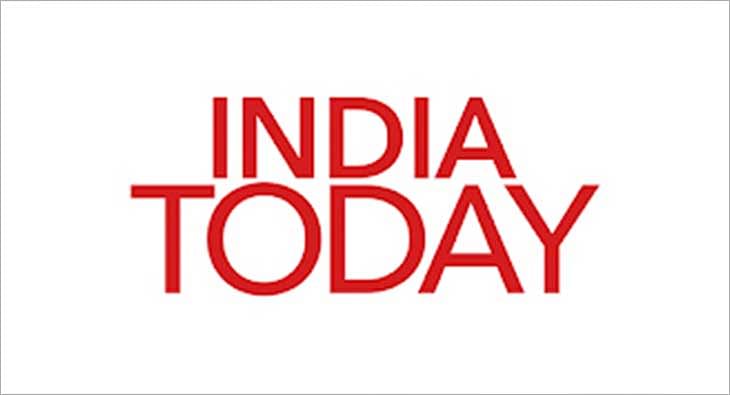 1 month ago
1 month ago

